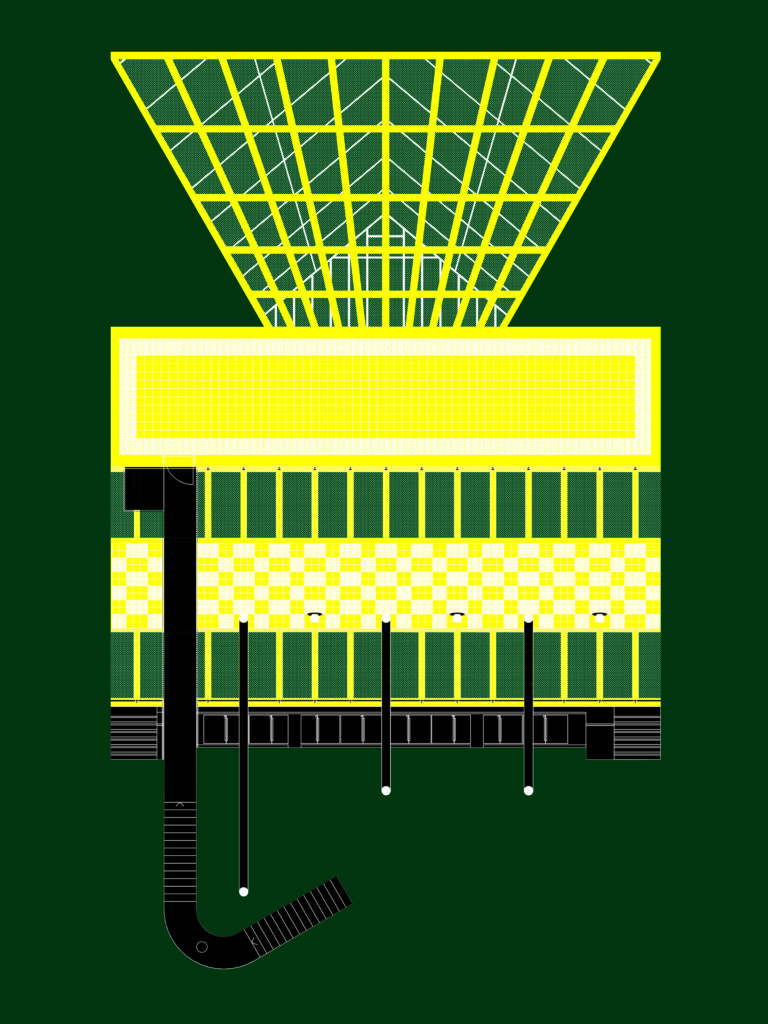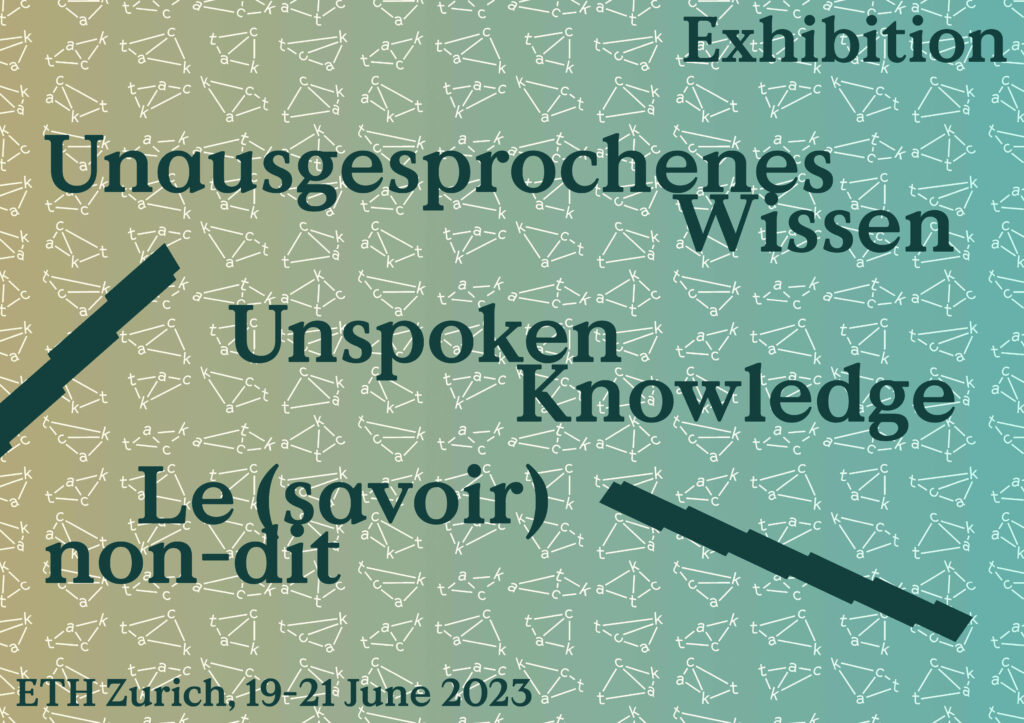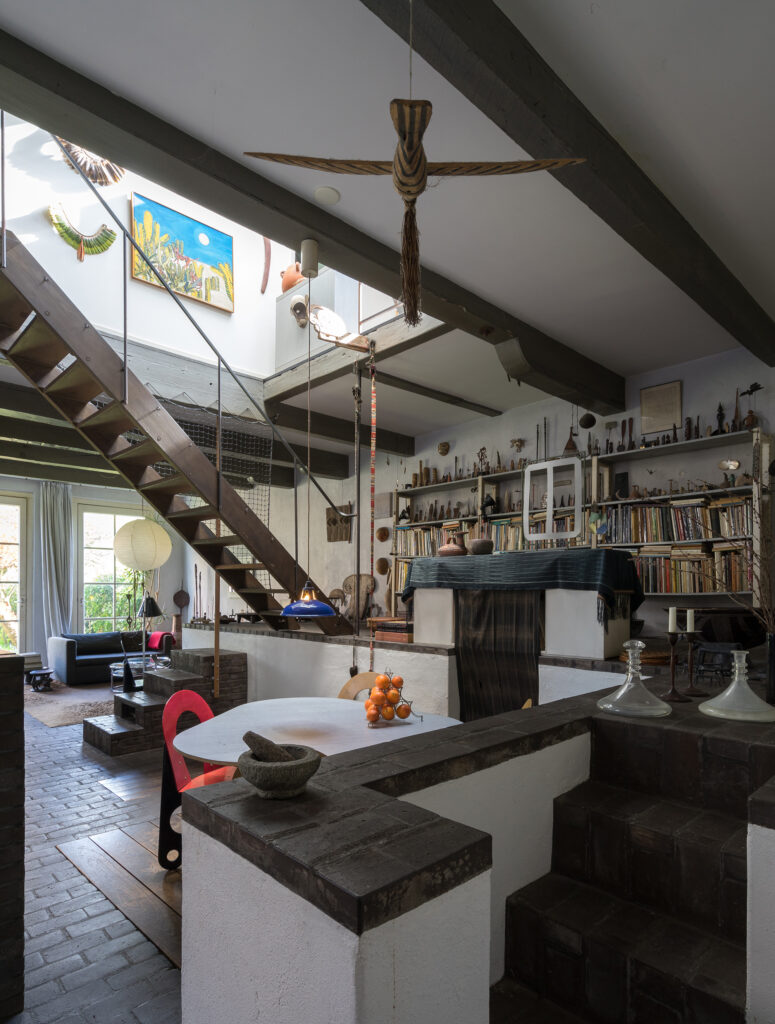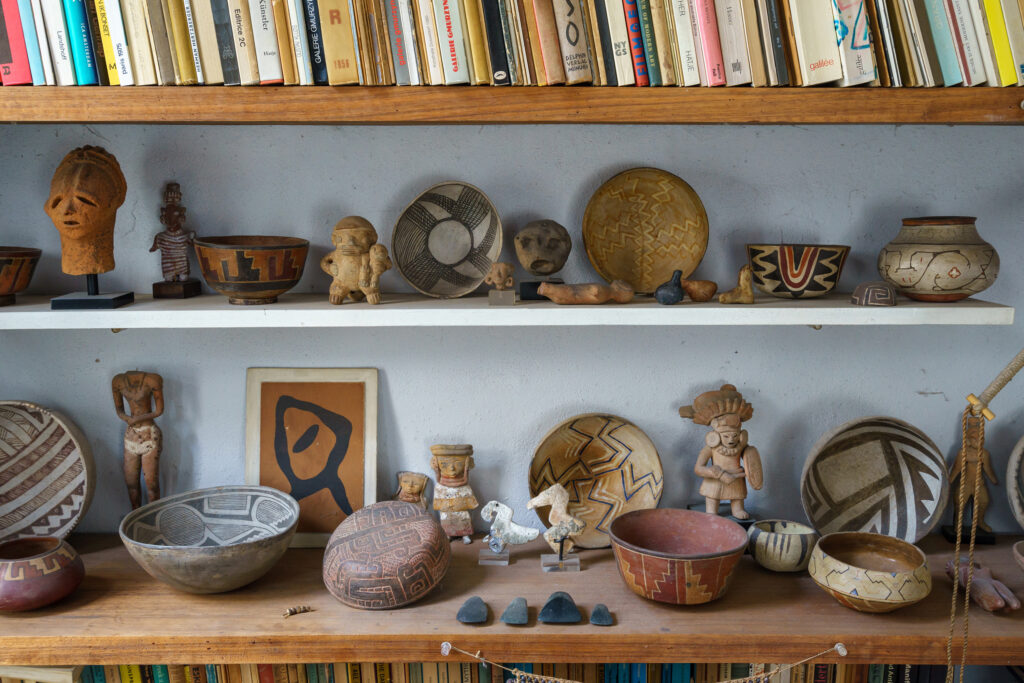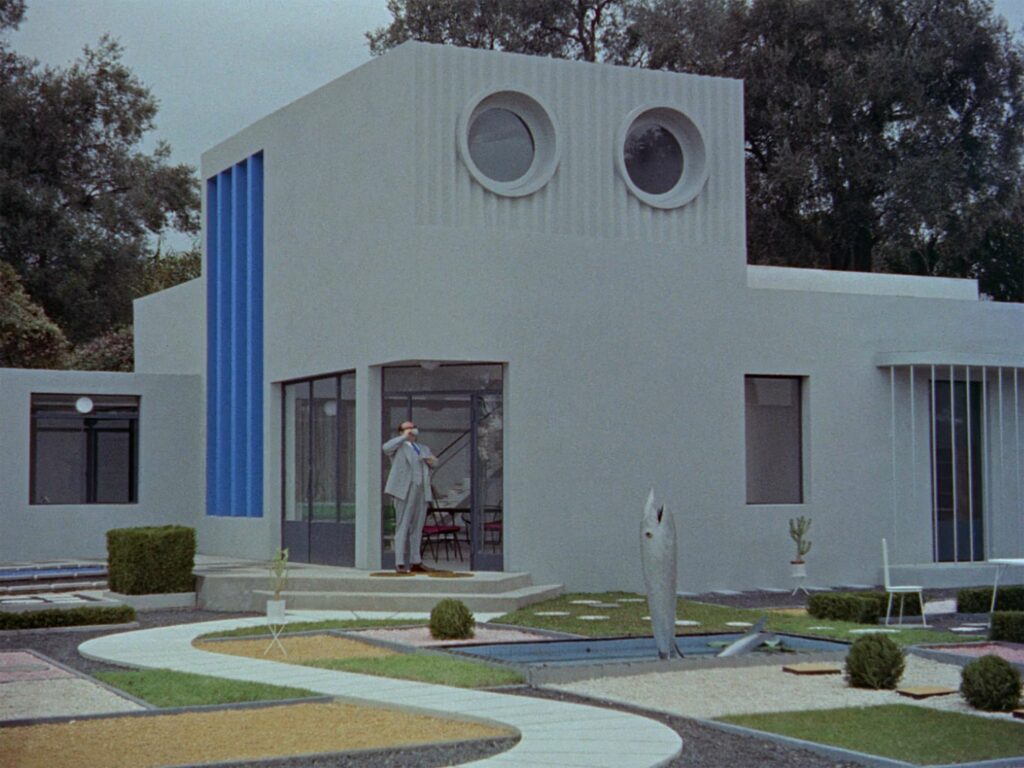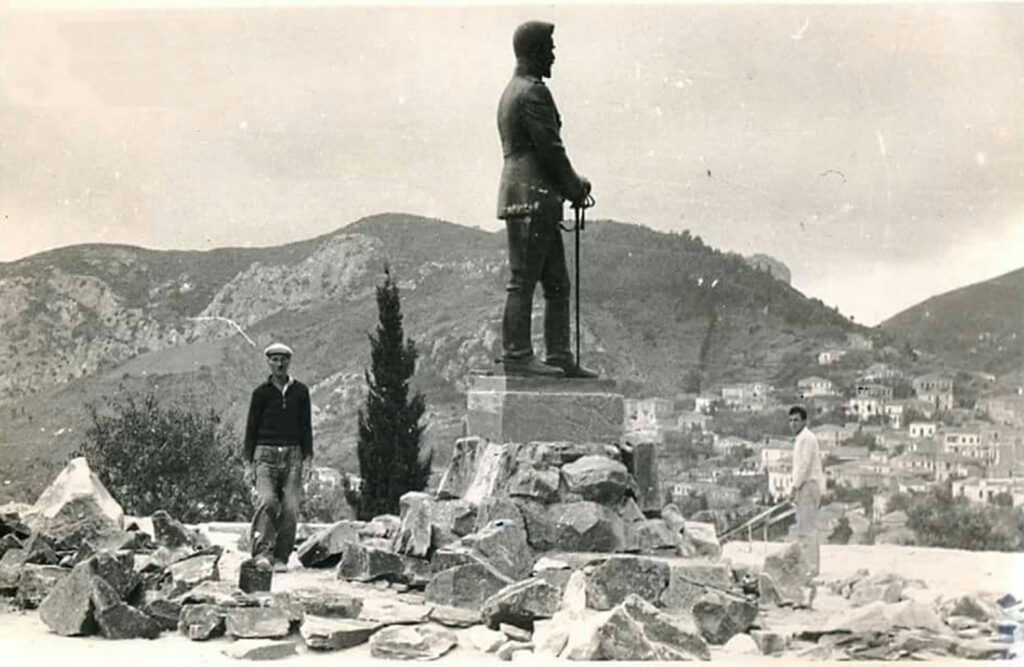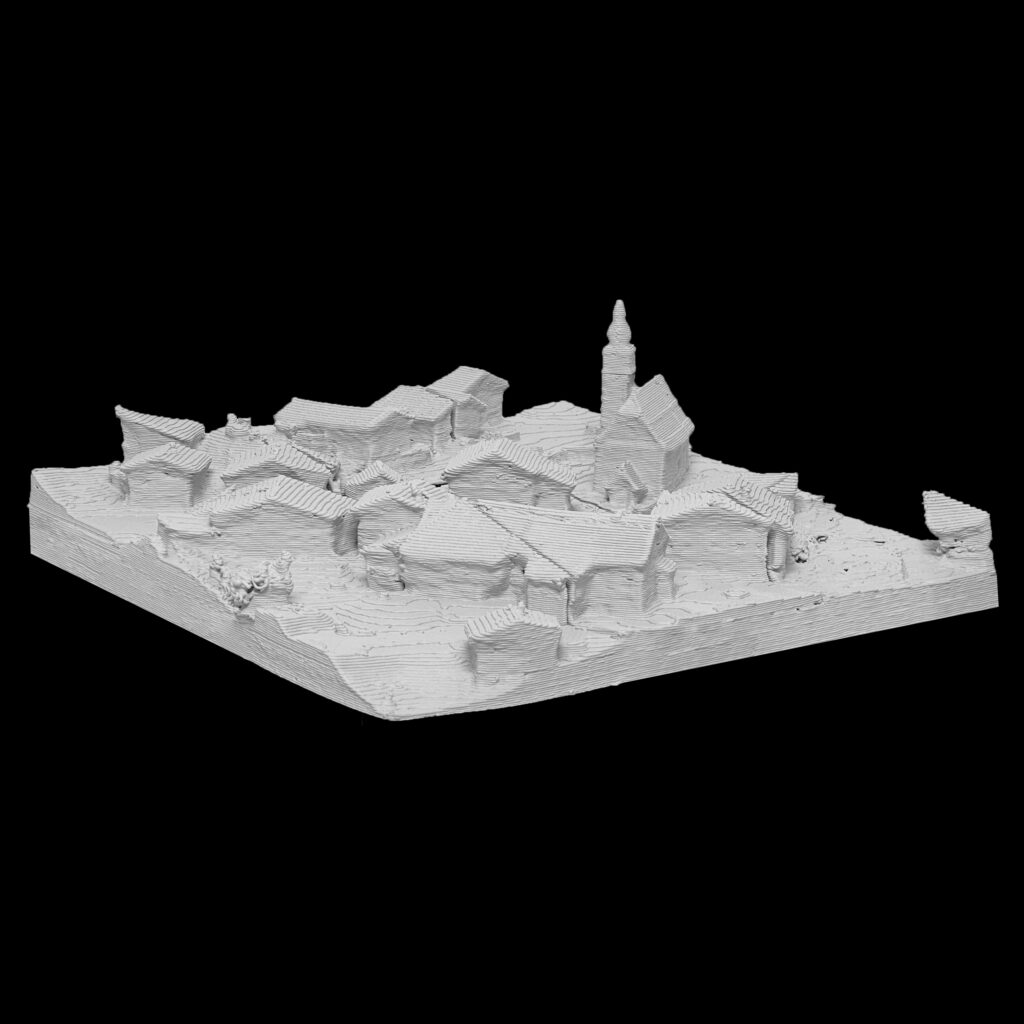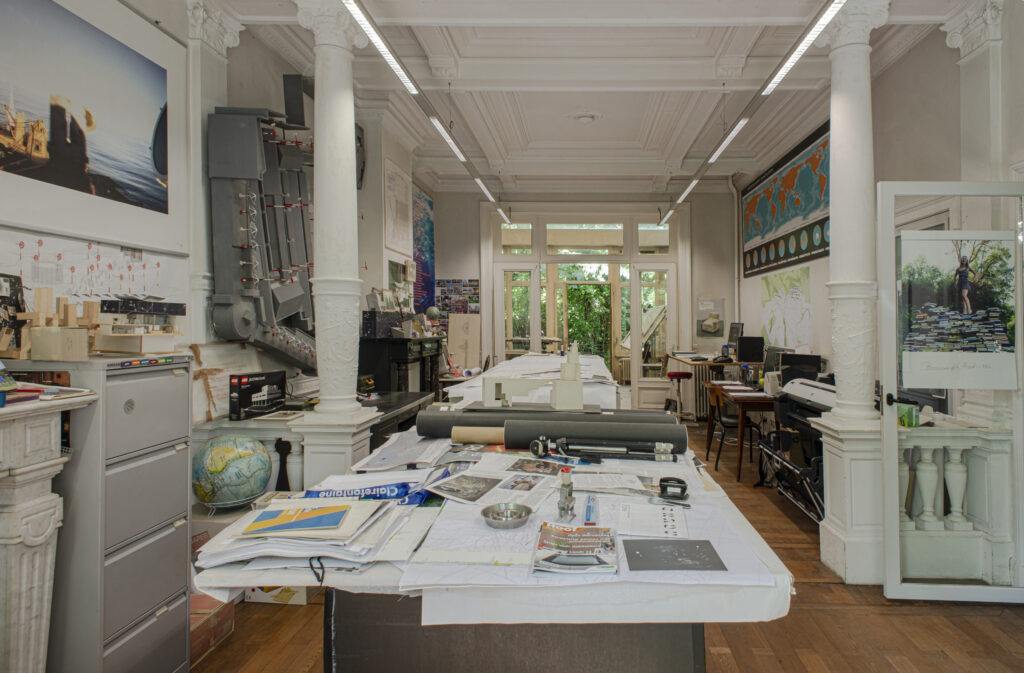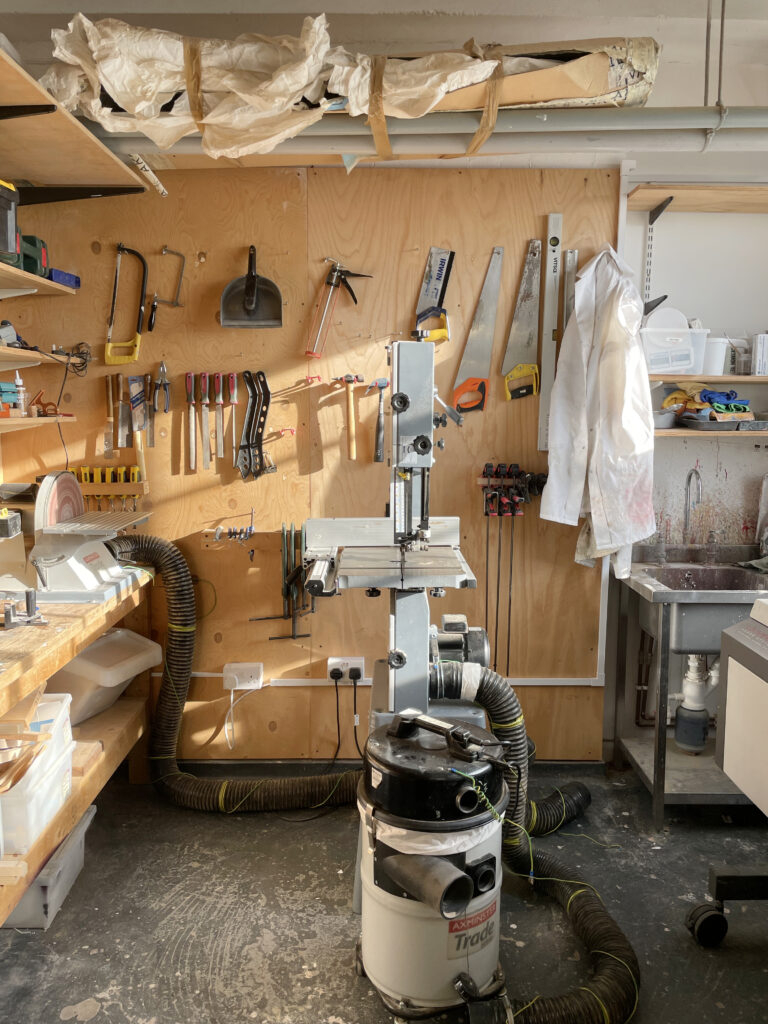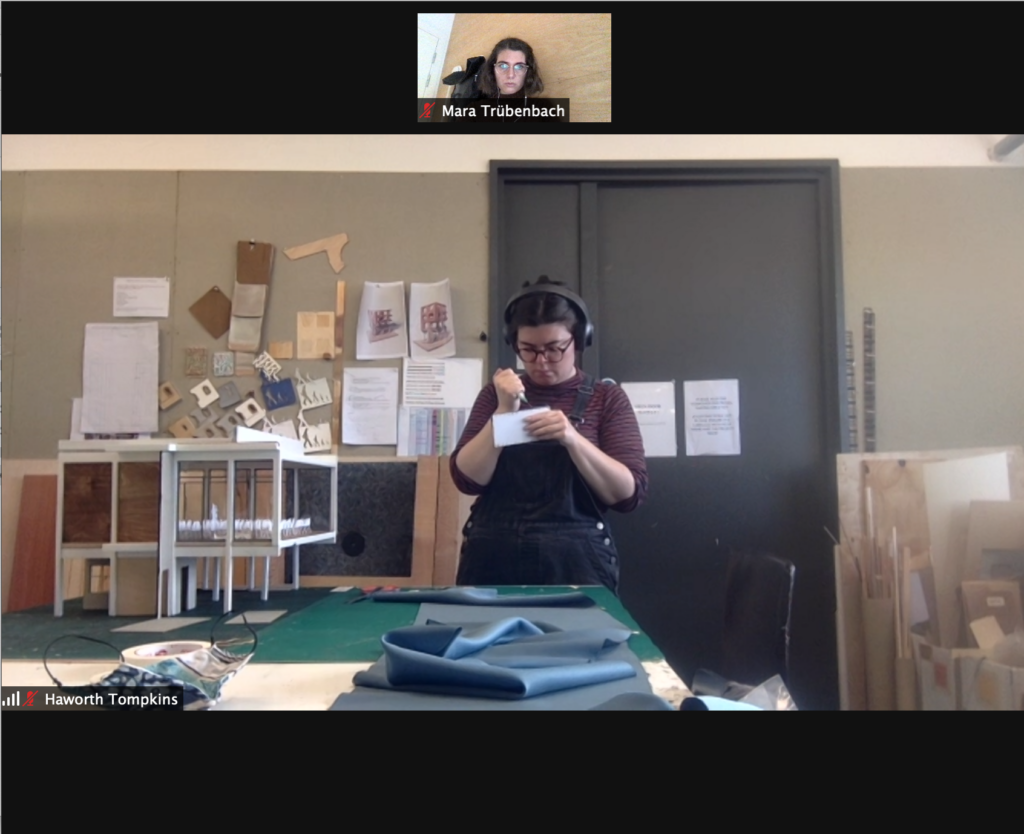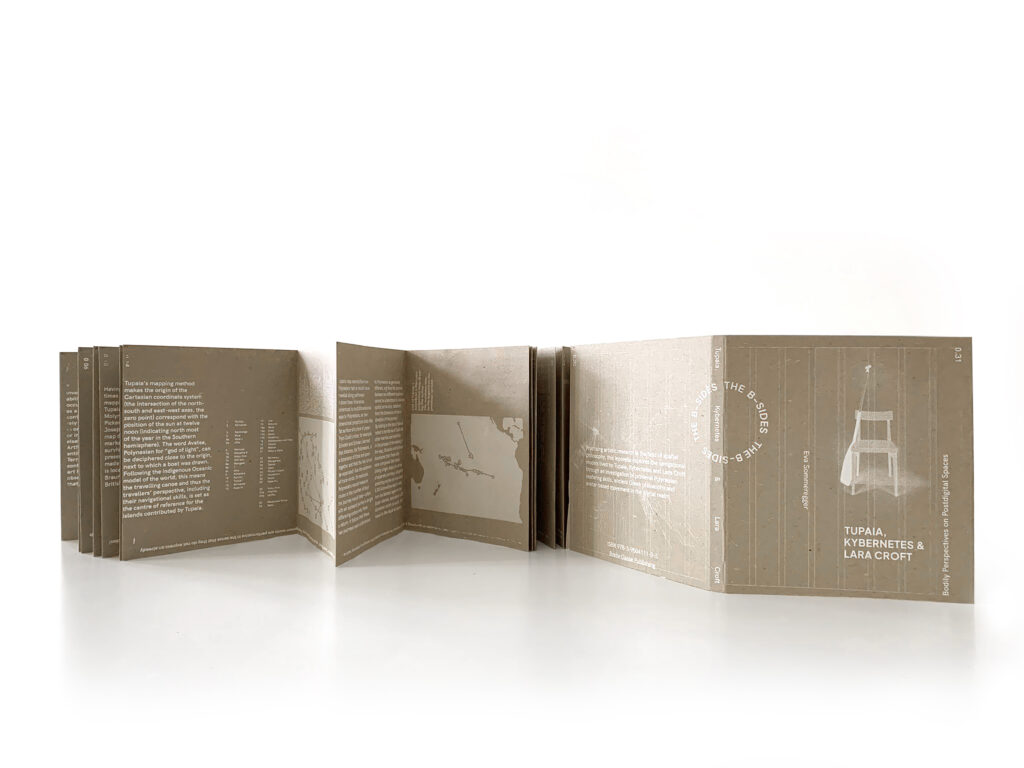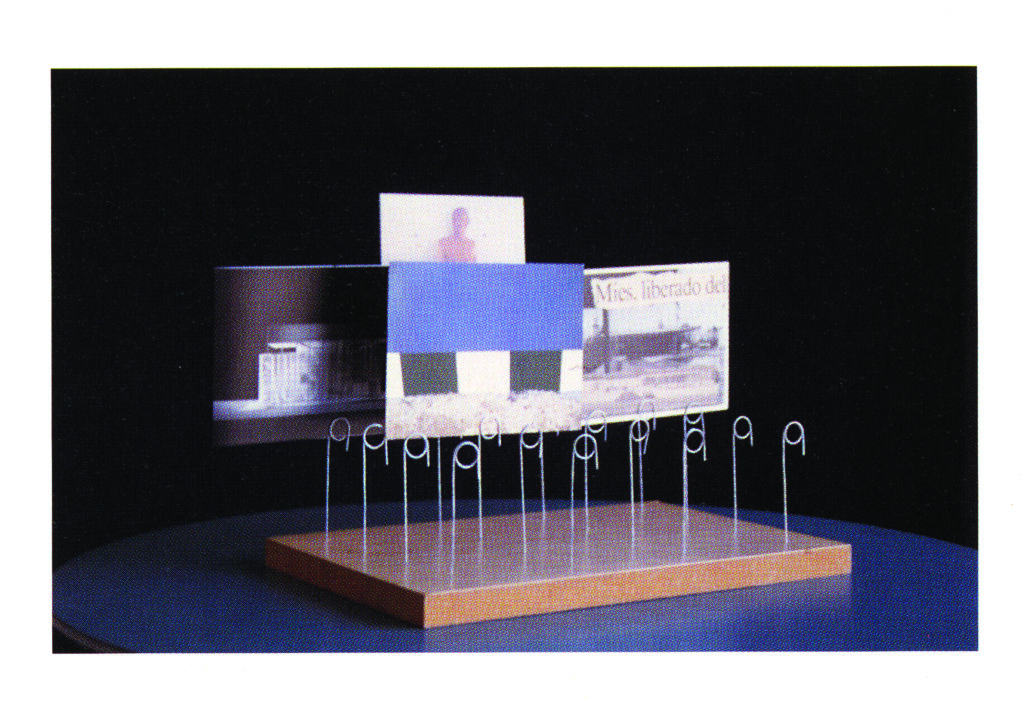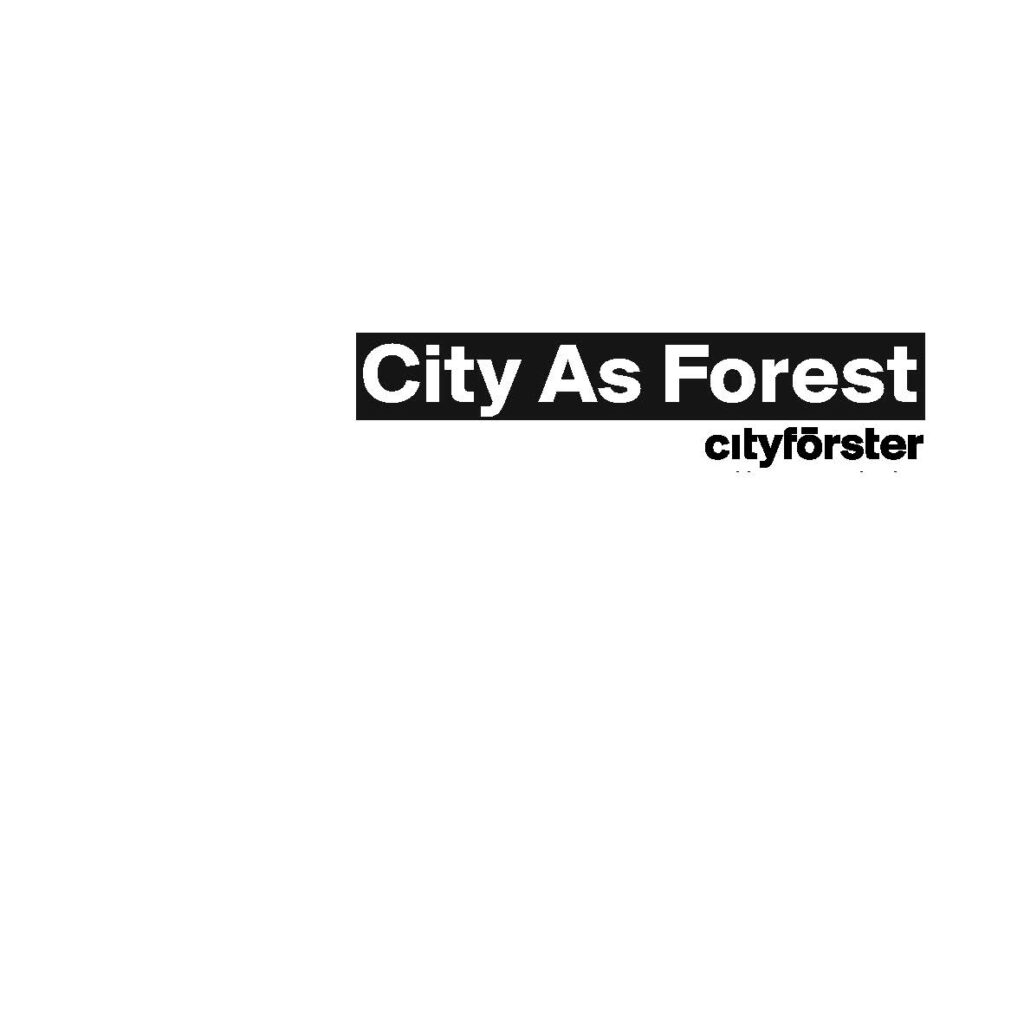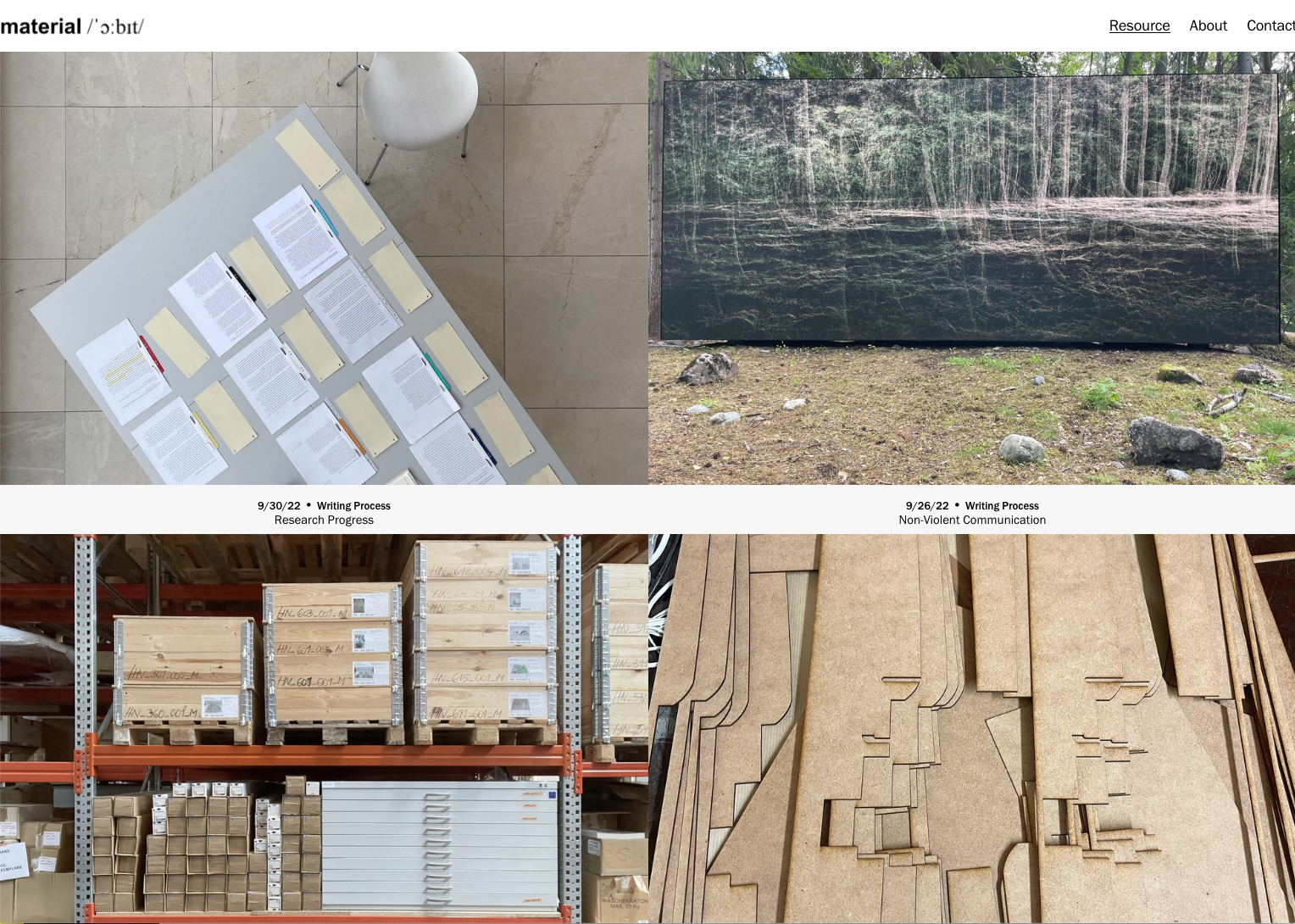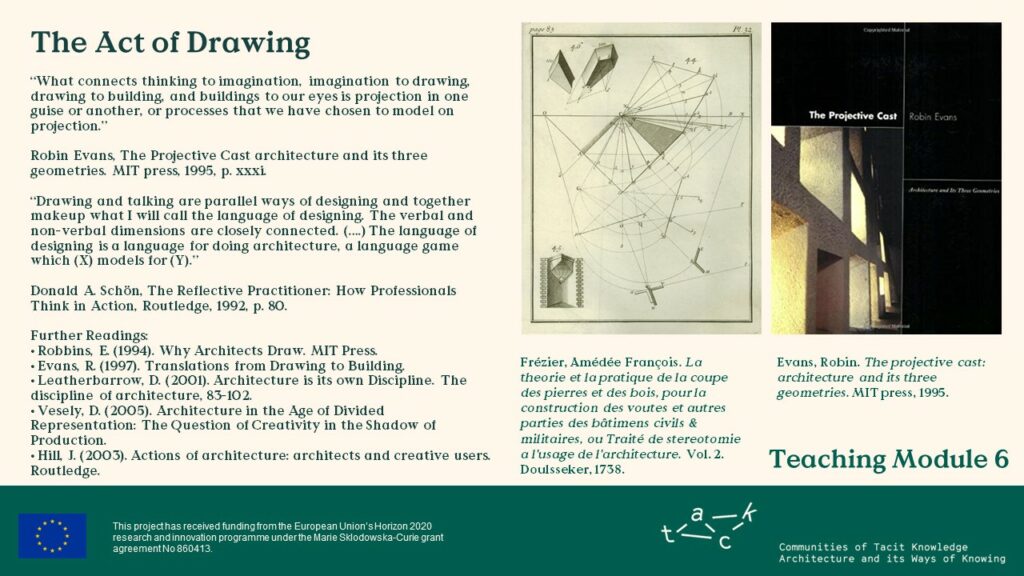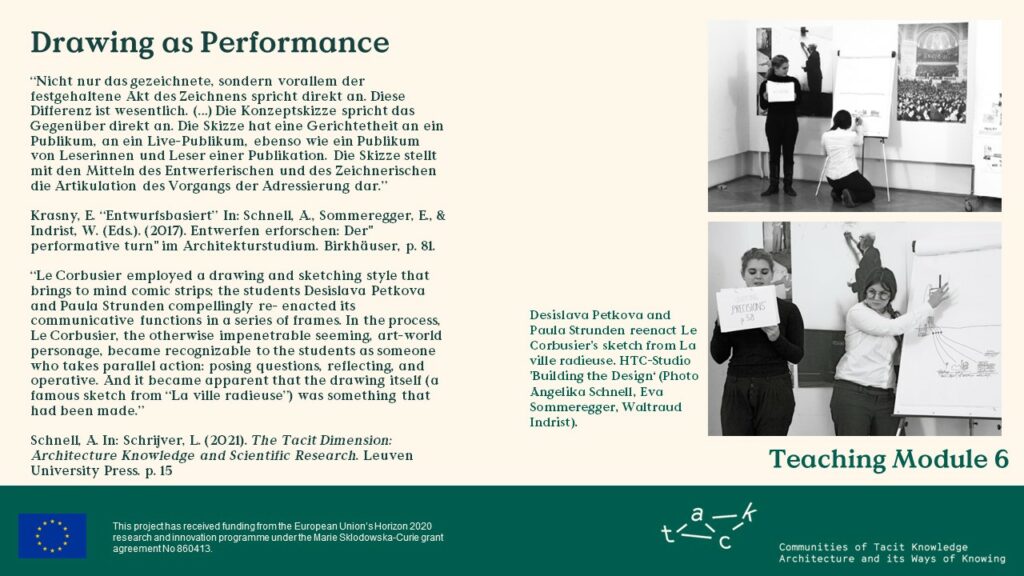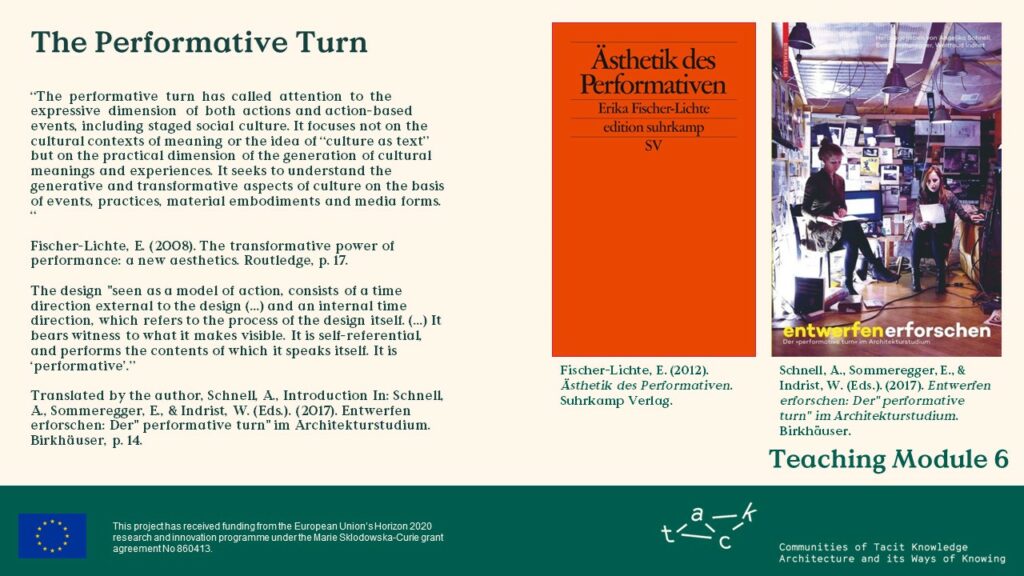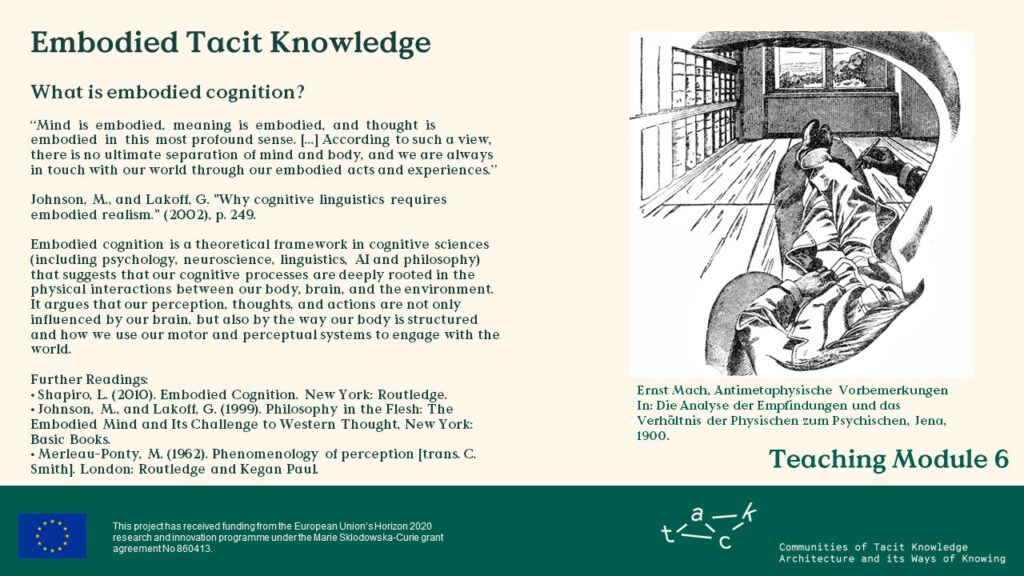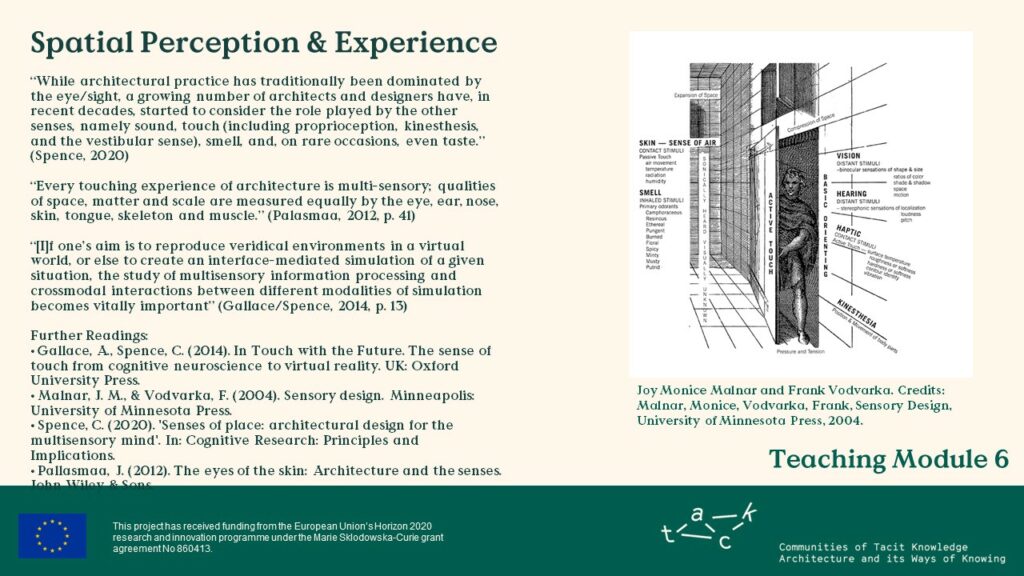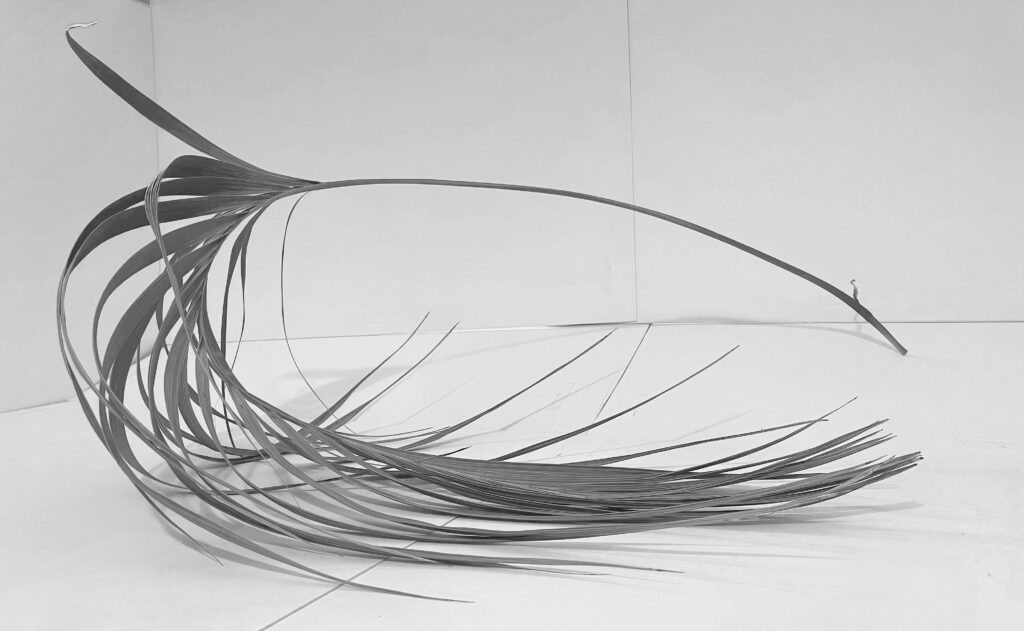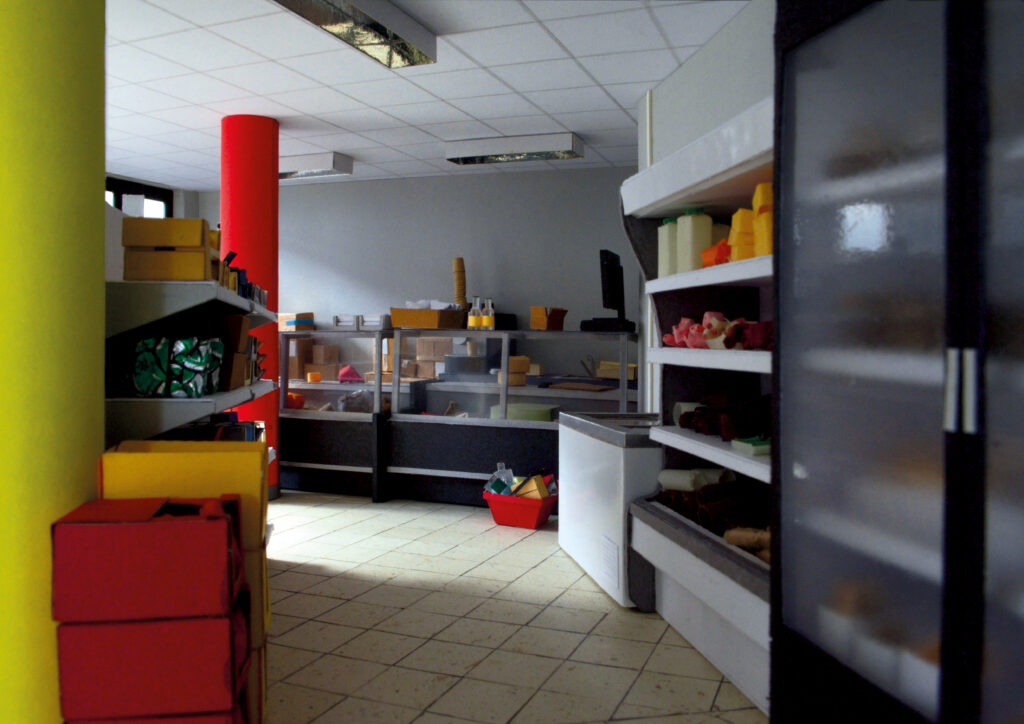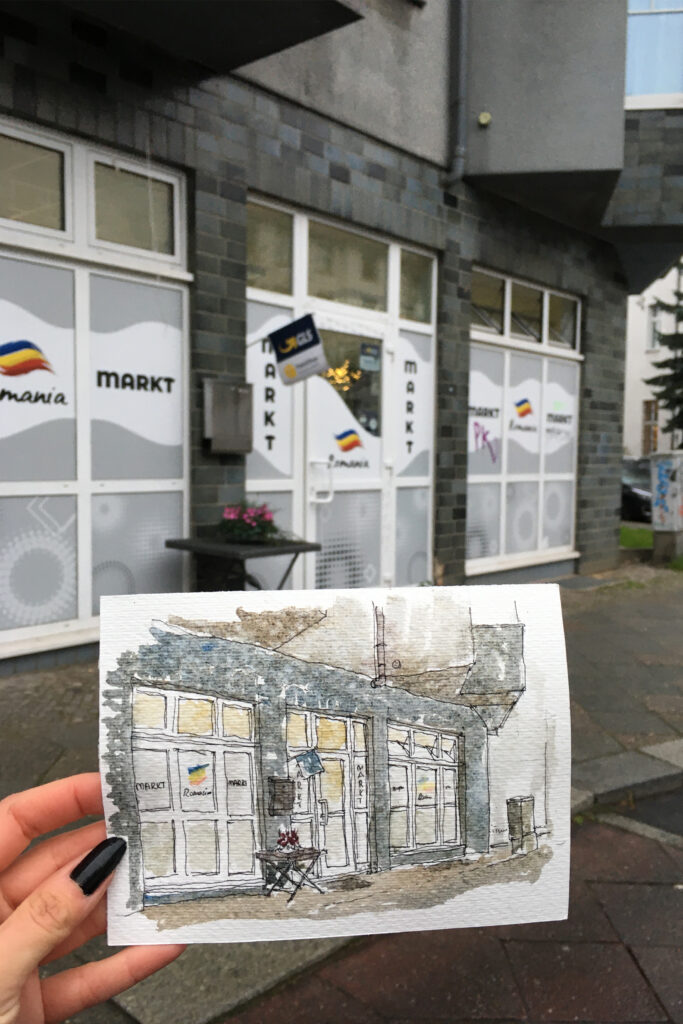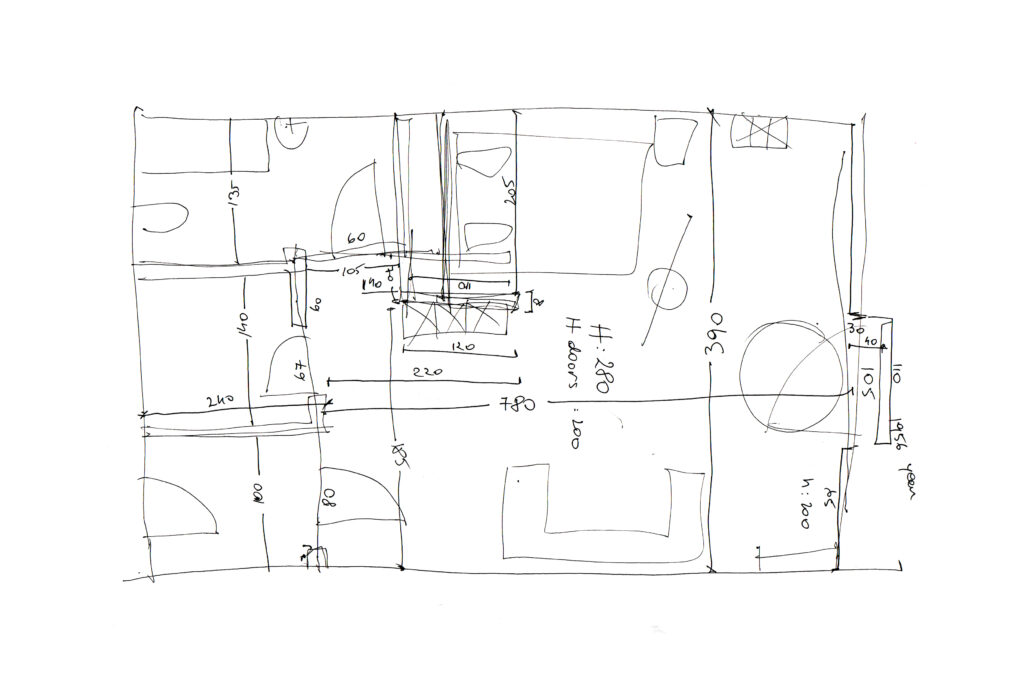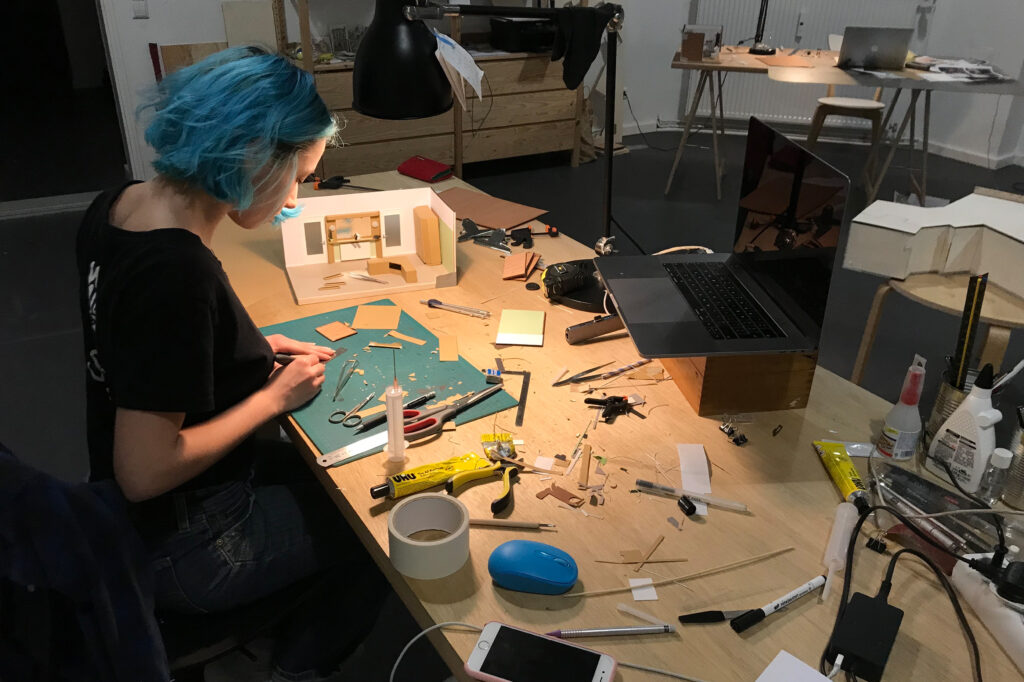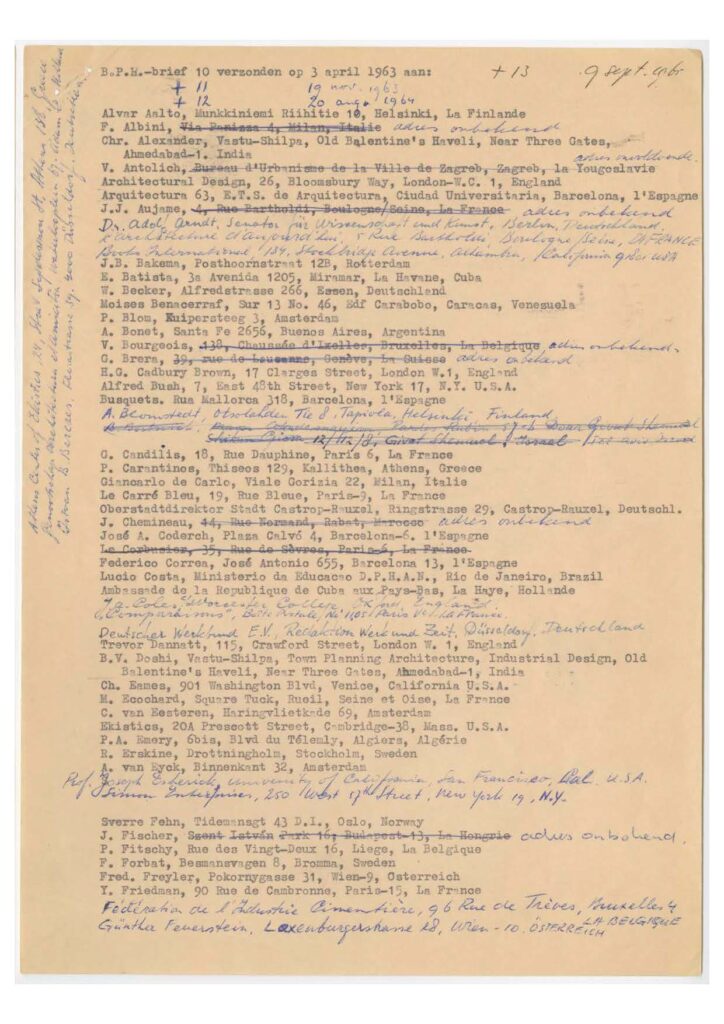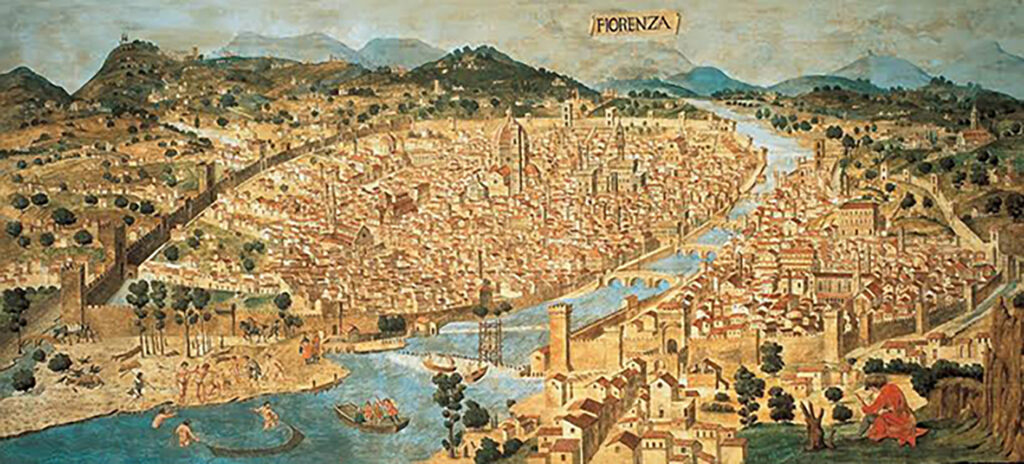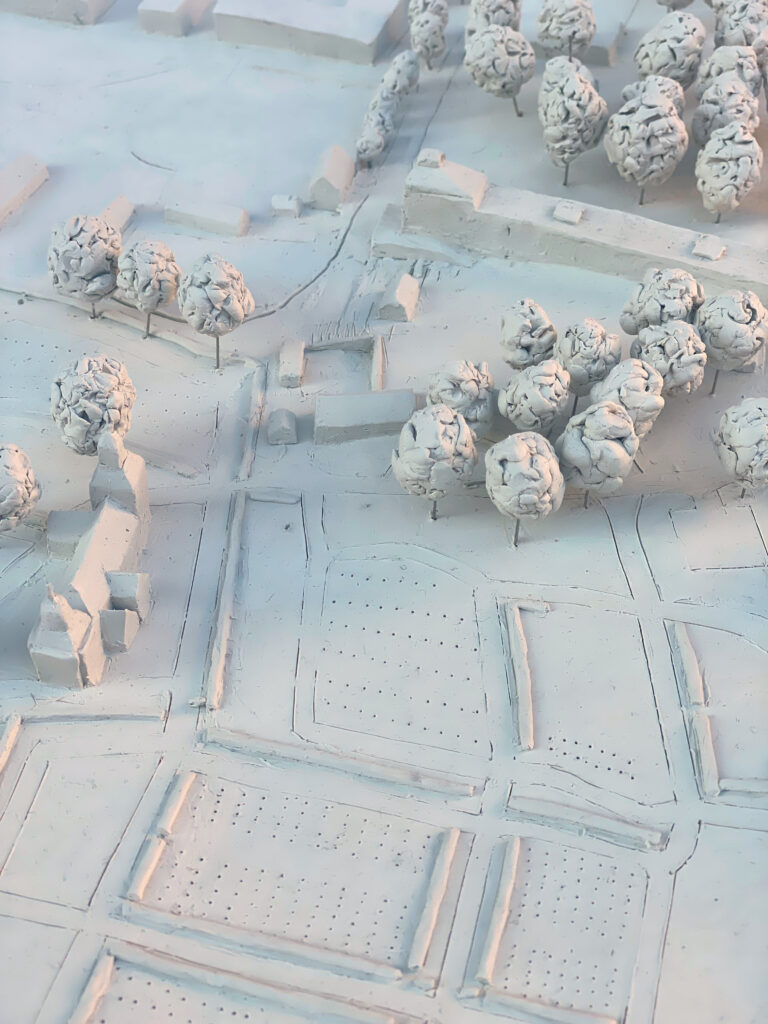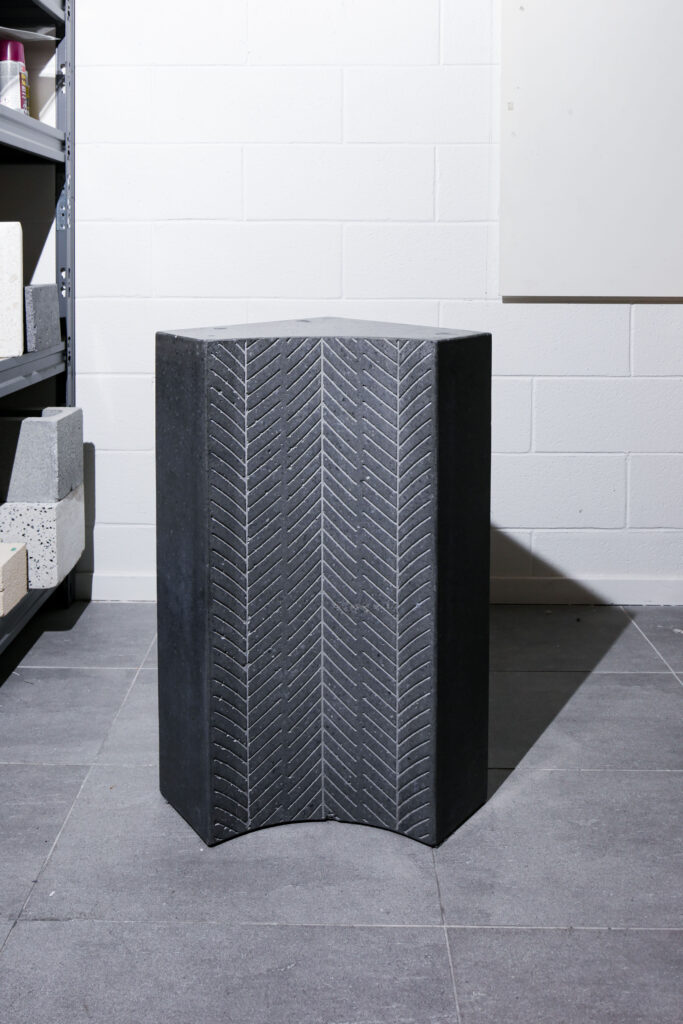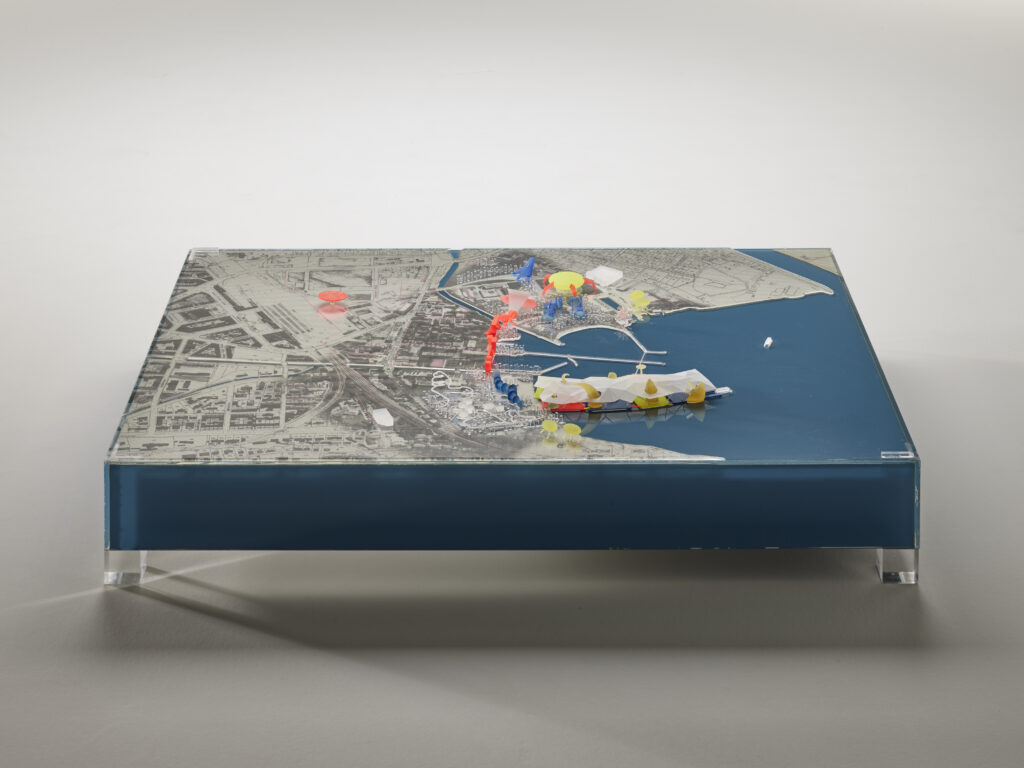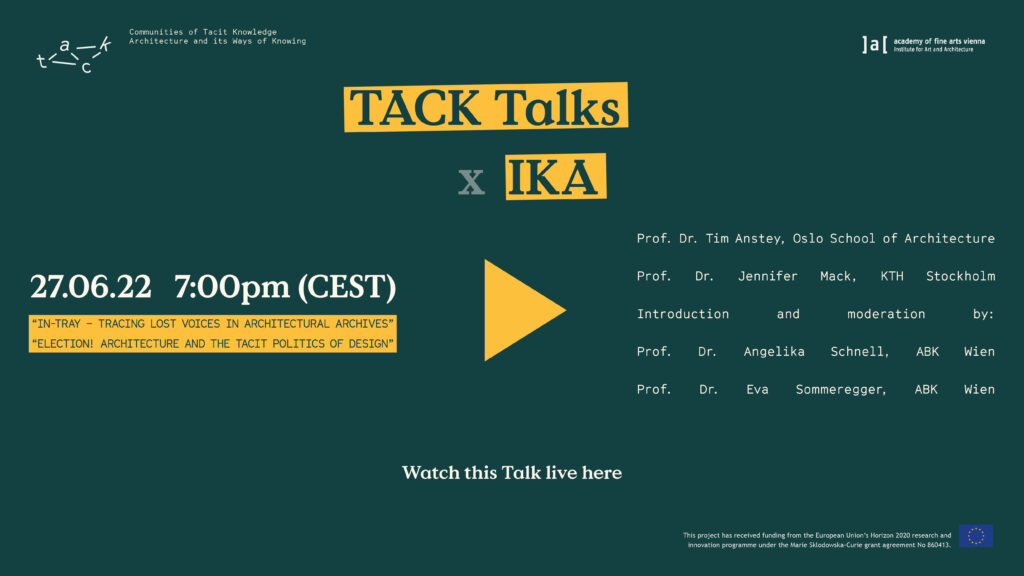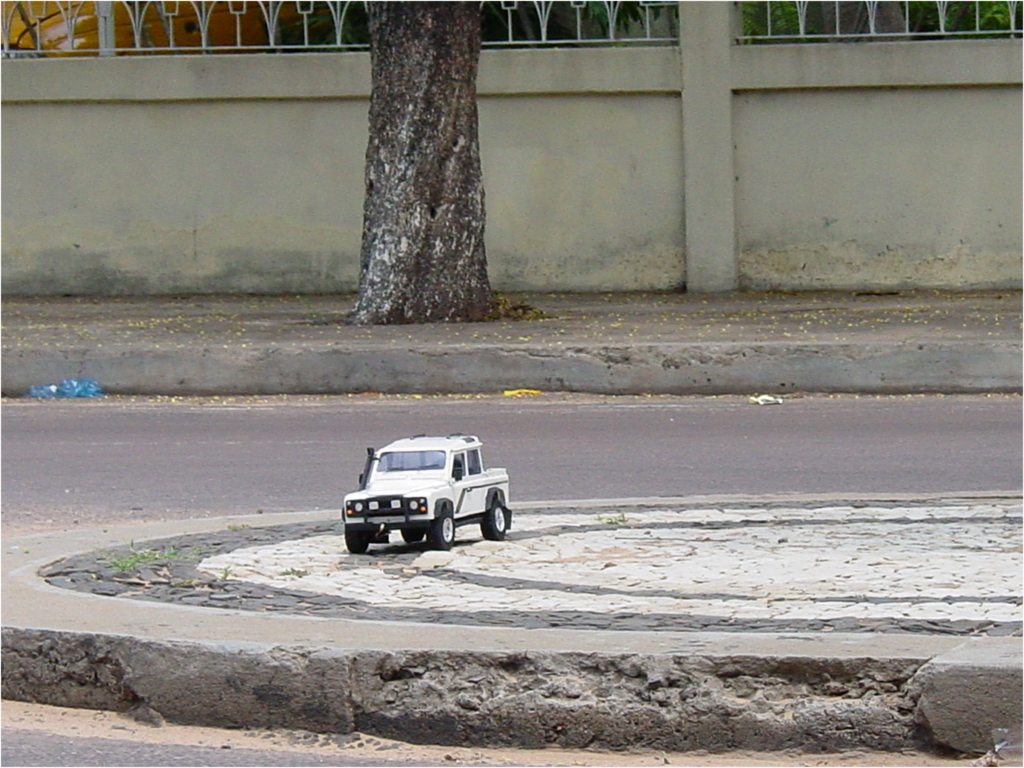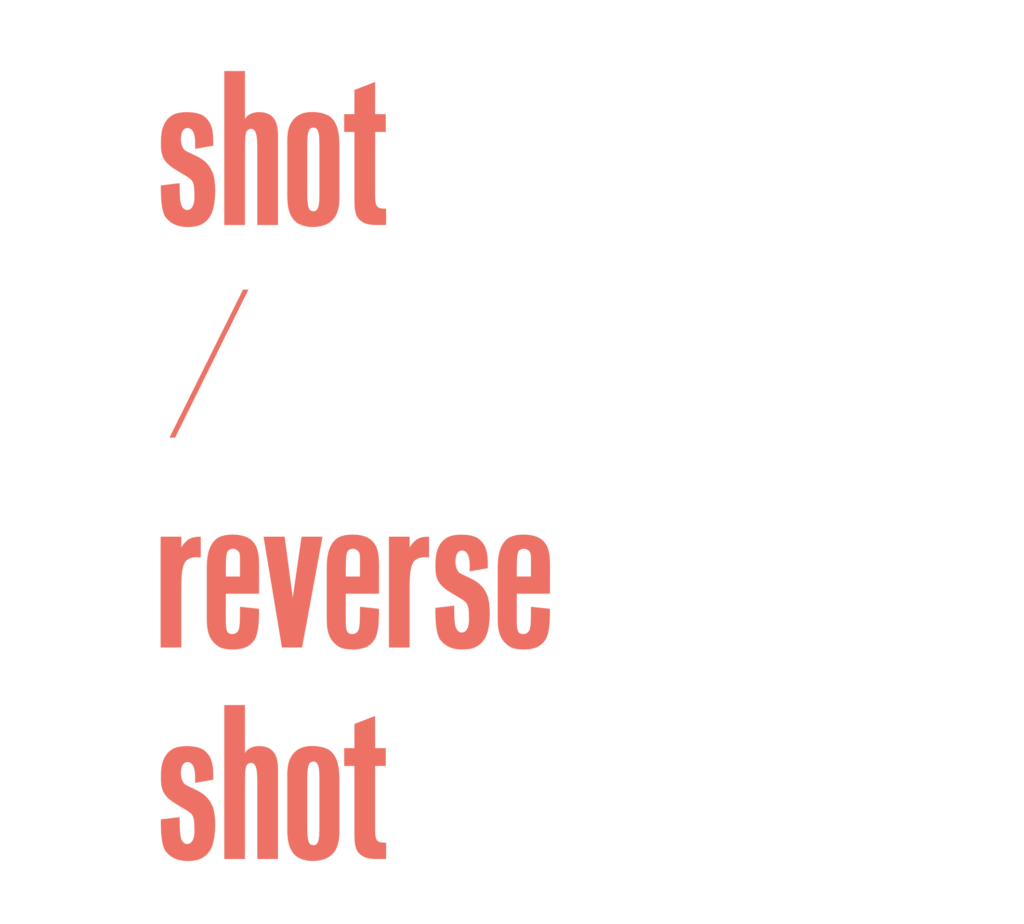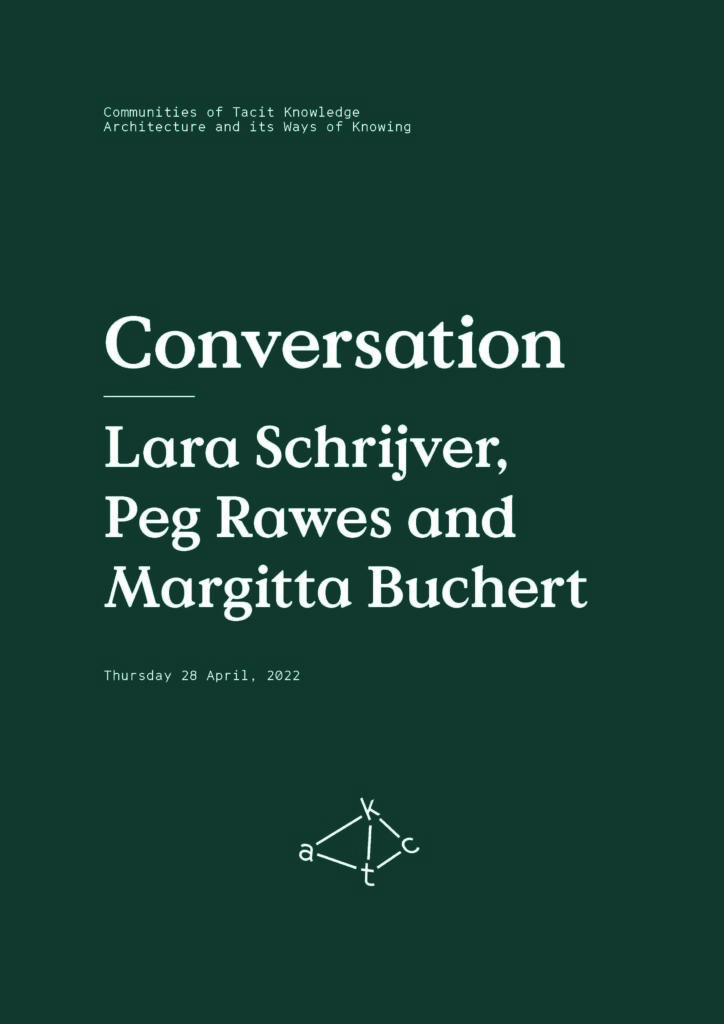Lecture / Talk
Object Session LINEAGES
Re-enacting Tacit Knowledge in Colonial Mapping Practices

This text is an extended retrospective summary of Eva Sommeregger's talk entitled "Navigating, Performing and Book Making", given at the Tacit Knowledge Symposium at ETH Zurich during the Object Session Lineages on 20 June 2023.
Eva Sommeregger
Lecture / Talk
Object Session LINEAGES
June 20, 2023
View
Re-enacting Tacit Knowledge in Colonial Mapping Practices
Eva Sommeregger



Tupaia’s map, drawn by the author on Forster’s copy; the connecting lines between the islands and numbering logic were added by the author; the islands marked with an x were added by the Europeans to start the mapping process but Tupaia did not include them in his scheme.
1 Rurutu, 2 Ra‘ivavae; 3 Rarotonga, 4 Niue, 5a Vava‘u, 5b Uiha; 6 Manuae, 7a Maupiha‘a, 7b Motu One, 7c Miti‘aro, 8a Mangaia, 8b ?, 8c Atiu, 9 Rimatara, 10 Rurutu, 11 Tupua‘I, 12 Ra‘ivavae, 13 Rapa Iti; 14 Uea, 15 Rotuma, 16a Savai‘I, 16b Uvea, 17a Upolu, 17b Niuafo‘ou, 18 Niatoputapu and Tafai, 19 Tutuila, 20 Manua, 21 Motu a Manu; 22 Ra‘ivavae, 23 Mangareva, 24 Temoe, 25 Oeno, 26 Pitcairn Island, 27 Henderson, 28 Ducie, 29 Rapa Nui; 30 Nuku Hiva, 31a Hiva‘Oa, 31b Ua Pou; 32 Marquesas Group, 33 Oahu.
Photograph of the map displayed in the limited edition leporello version of TUPAIA, KYBERNETES & LARA CROFT. Bodily Perspectives on Postdigital Spaces

© TACK
This text is an extended retrospective summary of Eva Sommeregger's talk entitled "Navigating, Performing and Book Making", given at the Tacit Knowledge Symposium at ETH Zurich during the Object Session Lineages on 20 June 2023.

